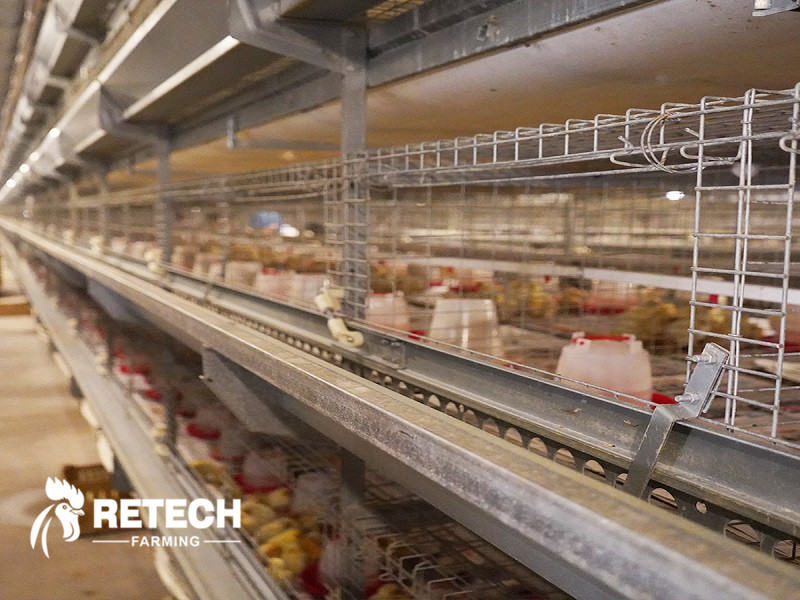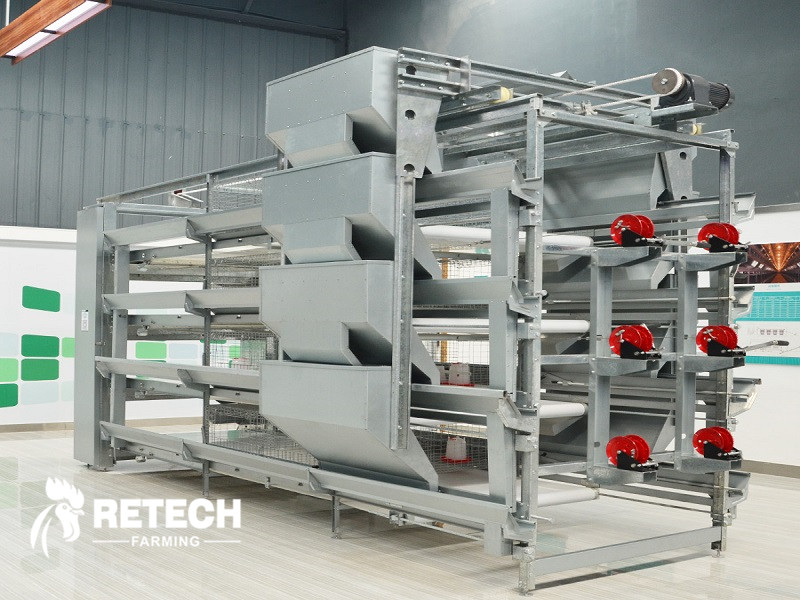First of all, it should be emphasized that chickens do not have sweat glands and cannot “bath”. There are mainly 5 reasons for the wetness of chickens:
The first
The transportation of chickens usually ranges from 3-12 hours depending on the distance. Long-distance transportation will increase the thirst of chicks, and the phenomenon of rushing for water at home will be serious.
The second
When the temperature of the chicken house is low or uneven, and the water temperature is high, the chickens will “bath”; the water temperature is low and the temperature is high, and the chickens will also “bath”. At this time, you should pay more attention to the overall situation. Don’t just stare at the thermometer numbers, or just rely on your own sense of temperature. It’s easy to be inaccurate. There are many ways to increase the humidity, not just by sprinkling water to avoid excessive drying and humidity.
The third
Drinking fountains or drinking equipment should be selected according to the size of the chicken, and the pressure of the water line should be adjusted appropriately. If the pressure is too high, it is easy to cause the chickens to “bath”, the kettle is not suitable, and the water pressure is too large, which will cause the chickens to “bath”.
The fourth
The water line is too low, initially higher than the chicken back.
The height of the water height: 0-day-old nipples are 9-10cm high. 0-3-day-old nipples are the same height as the chick’s eyes. After that, adjust the height twice a week, until the end of the fifth week, the beak edge is at a 65-degree angle to the horizontal.
Precautions:
The water line should be level and straight, and the leaking nipples or blocked nipples should be replaced in time. Chickens must be able to find drinking water within 3 meters, and the water must not be cut off for 24 hours.


